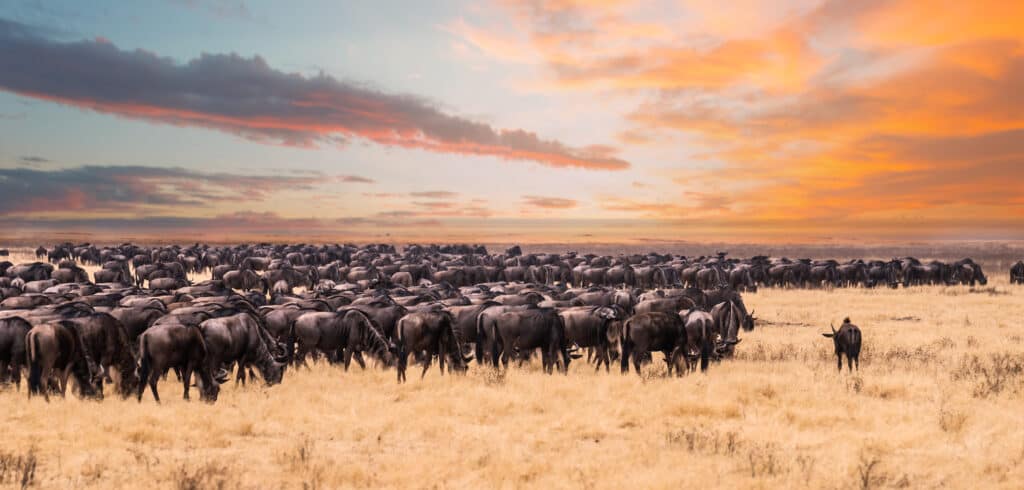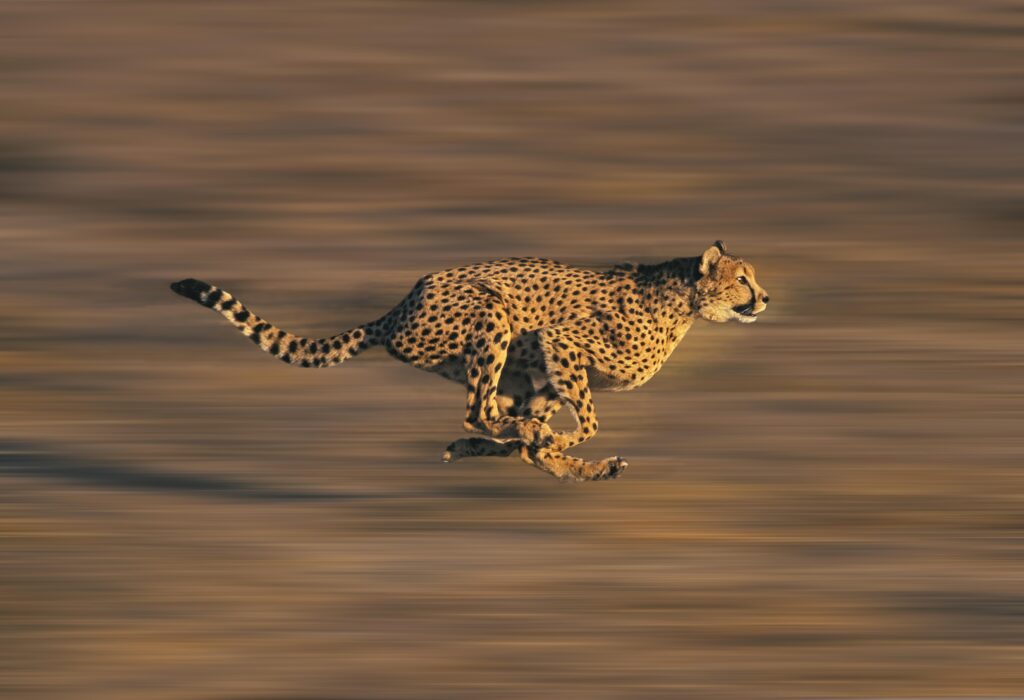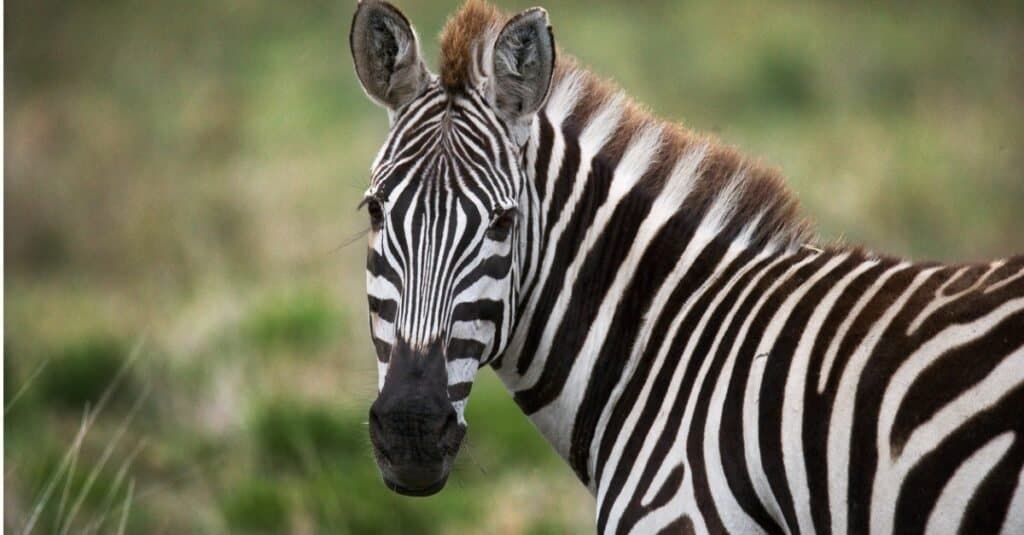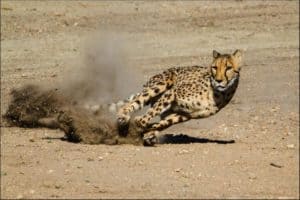Key Points:
- The Masai Mara National Reserve, located in the southwestern region of Kenya, spans a total of 583 square miles and is a popular tourist for the scenery and spotting wildlife.
- Cheetahs generally eat every 2-5 days but can go up to 6 days without food.
- Watch video footage where a bungling coalition of cheetahs fails to capture zebra prey.
Cheetahs may be able to go for a couple of days without eating but when hunger strikes, they need to hunt and make a kill. Watch how the hungry cheetahs in the video below make a grave mistake that costs them a full meal.
Check Out the Amazing Footage Below!
Where is Masai Mara National Reserve?
Masai Mara National Reserve is located in the southwestern region of Kenya. It spans a total of 583 square miles and is a popular destination for those looking to take in the remarkable views and spot wildlife in their natural environment. One of the exciting events that occur at this nature reserve is the Great Migration during July all the way through October, when 1.5 million wildebeests make their way through the savannah wilderness. Along with plenty of lions, cheetahs, and zebras, there are hippos, rhinos, leopards, cape buffaloes, and tons of birds to spot!

The Masai Mara National Reserve is one location to witness the Great Migration of 1.5 million wildebeests through the savannah wilderness.
©iStock.com/MrRuj
How Long Can Cheetahs Go Without Eating?
Generally, lone adult cheetahs need to eat every two to five days but may go a total of six days without food. When a female has cubs, however, it’s a bit different. She needs to make a kill every day to ensure her growing family has enough to sustenance. Interestingly, they don’t require much water. They drink only on occasion, sometimes going as much as 10 days without a sip of water!

A cheetah can potentially reach speeds from 50-80 mph when engaged in a chase (or flight).
©iStock.com/slowmotiongli
Cheetahs are most active during daylight hours, using their stealth to hunt even in the hottest part of the day without being spotted easily. This helps them avoid competition for food from other predators like hyenas and lions, which typically hunt at night. Cheetahs are also more sociable than other cat species, with males often roaming in small groups with their siblings. Female cheetahs tend to be more solitary when not tending to young cubs.
Zebra Outruns Hungry Cheetahs
The video captures Tano Bora, the five fast cheetahs at the Masai Mara National Reserve. It had already been three days since their last meal so they were feeling hungry. At the start, they’re all walking on tall grass, looking around, ready to find and attack a prey animal. Their walk is slow and intentional, and they gaze all around them with laser focus. The video cuts to another scene where you see several safari vehicles and a single zebra walking along the grass.

Zebras, unlike the cheetahs who hunt them, only eat grasses, leaves, and stems.
©GUDKOV ANDREY/Shutterstock.com
One of the cheetahs spots it and starts crouching down and picking up speed. You watch as its shoulders bob up and down from the grass. It stops, having found a good spot to stalk from. The other cheetahs follow close behind. The zebra is unaware of the stalking cheetahs, giving them an advantage. However, their hunger must be messing with their strategy because just as the first cheetah starts to pursue the zebra, a second cheetah cuts it off, headed in a completely different direction toward another zebra.
It’s not exactly the kind of uniform attack they could have carried out and the last-minute chaos on behalf of the cheetahs gives the zebras enough time to realize the danger and get away. The cheetahs chase but they’re disorganized and several more zebras manage to get away. It was a failed hunt this day for Tano Bora, meaning they would have to make a better effort the following day.
The photo featured at the top of this post is © Maros Bauer/Shutterstock.com
Thank you for reading! Have some feedback for us? Contact the AZ Animals editorial team.






